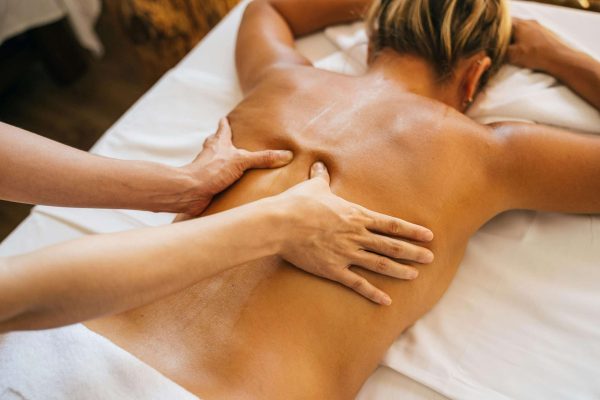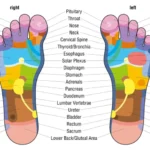Feeling tense, stressed, or in pain? Pressure point massage offers a simple, hands-on way to release built-up tension and support natural healing.
Rooted in traditional healing practices, this technique targets specific points on the body to ease muscle tightness, improve circulation, and calm the nervous system.
In this article, you’ll learn:
- What pressure point massage is
- How it works
- Key benefits for both body and mind
- When and how to use it safely
Whether you’re dealing with everyday stress or chronic discomfort, pressure point massage can help bring your body back into balance—naturally.
What is Pressure Point Massage?
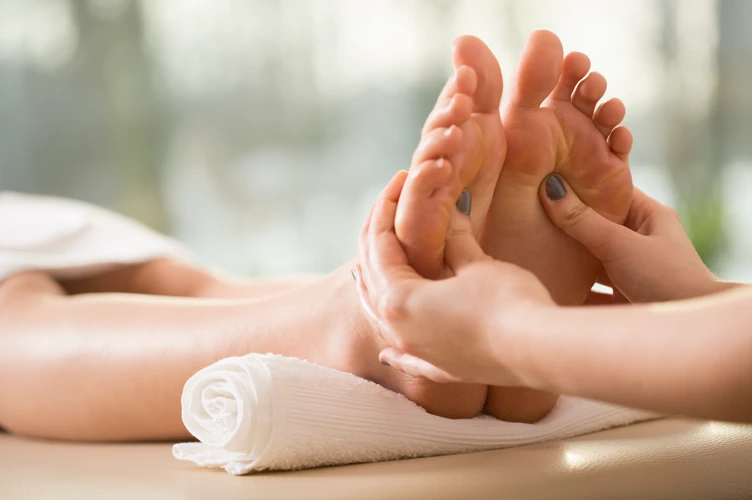
Pressure point massage is a therapeutic technique that involves applying firm, focused pressure to specific points on the body. These points—often located where nerves, muscles, and connective tissue meet—are believed to influence pain, tension, and overall well-being.
This practice combines elements of traditional massage and acupressure to target areas of discomfort and restore balance in the body. By stimulating key pressure points, it can help:
- ✅ Reduce muscle tightness
- ✅ Relieve stress and headaches
- ✅ Improve circulation and energy flow
- ✅ Support relaxation and healing
Pressure point massage can be used on the back, feet, hands, head, and other areas depending on the issue being treated. It’s often included in wellness routines for both physical and emotional relief.
Common Areas and Uses for Pressure Point Massage
Pressure point massage can be applied to many parts of the body, each with its own set of benefits. Here are some of the most common areas and how they can help relieve pain, tension, or discomfort:
👣 Pressure Points on Feet
There are several acupressure points at the feet that correspond to different organs and systems in the body. These are often used to promote circulation, relieve stress, and support digestion.
- Foot pressure points for headaches target the big toe and the area between the toes to help relieve tension in the head and temples.
- A pressure point on foot can also help ease fatigue, improve sleep, and reduce anxiety.
🤢 Pressure Points for Nausea
Specific points of acupressure, such as the P6 point on the inner wrist, are commonly used to help relieve nausea caused by motion sickness, pregnancy, or digestion issues.
💆♀️ Acupressure Points in Head and Back
Acupressure points in the head can help reduce headaches, sinus pressure, and mental fog. These points are often found around the temples, eyebrows, and the base of the skull.
For body tension, acupressure points back and lower back pressure point work to relieve muscle tightness, sciatica, and stiffness from sitting or stress.
👐 Acupressure and Massage Techniques
Combining acupressure and massage can increase the overall benefit by blending relaxation with targeted relief. A gentle acupressure massage session can calm the nervous system while releasing pressure from key areas.
How Does Pressure Point Massage Work?
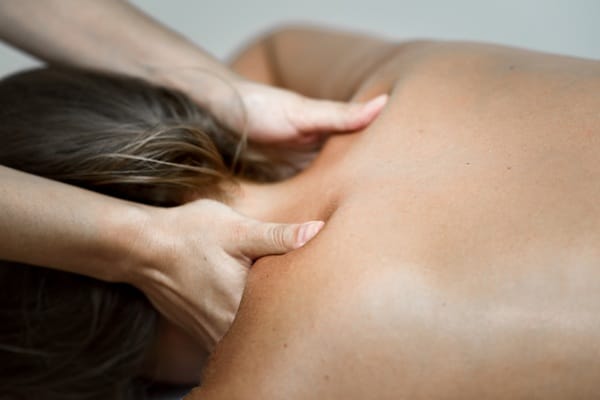
Pressure point massage is a hands-on technique that targets specific points on the body to relieve tension, restore balance, and support natural healing. These points—often found where nerves, muscles, and connective tissues meet—can influence pain levels, energy flow, and relaxation.
During a session, the therapist applies steady, focused pressure using their fingers, thumbs, or elbows. This pressure stimulates the point, encourages blood flow, and helps release tightness in the surrounding muscles. Some therapists use small circular motions; others may hold the pressure for a few seconds at a time.
✅ Sessions typically last between 30 and 90 minutes, depending on your needs
✅ The pressure is firm but not painful—it should feel therapeutic, not intense
✅ Many clients feel relief after just one session, especially in high-tension areas like the neck, back, or feet
This type of massage is often used to:
- Reduce physical and emotional stress
- Alleviate pain and stiffness
- Improve circulation and energy flow
- Support healing and overall well-being
Whether used to ease existing discomfort or as part of a regular self-care routine, pressure point massage can be both restorative and preventative.
What Conditions Can Pressure Point Massage Help With?

Pressure point massage is often used as a natural way to relieve common physical and emotional symptoms. By stimulating targeted points, it can help the body reset and restore balance.
Here are some of the most common conditions it may support:
✅ Headaches and migraines – Helps release tension in the temples, neck, and scalp
✅ Neck and shoulder pain – Eases stiffness and muscle knots in high-tension areas
✅ Back pain – Targets deep muscle tightness and improves circulation in the spine
✅ Nausea – Certain pressure points (like P6 on the wrist) may reduce nausea and motion sickness
✅ Stress and anxiety – Calms the nervous system and promotes relaxation
✅ Fatigue – Supports better energy flow and reduces physical exhaustion
✅ Digestive discomfort – Can help with bloating, cramps, and sluggish digestion
✅ Menstrual cramps – Stimulates points that help ease abdominal tension and discomfort
✅ Sinus pressure – Relieves congestion and helps open up nasal passages
While not a cure for medical conditions, pressure point massage is a supportive therapy that can complement your overall wellness routine.
What Are the Different Types of Pressure Point Massage?
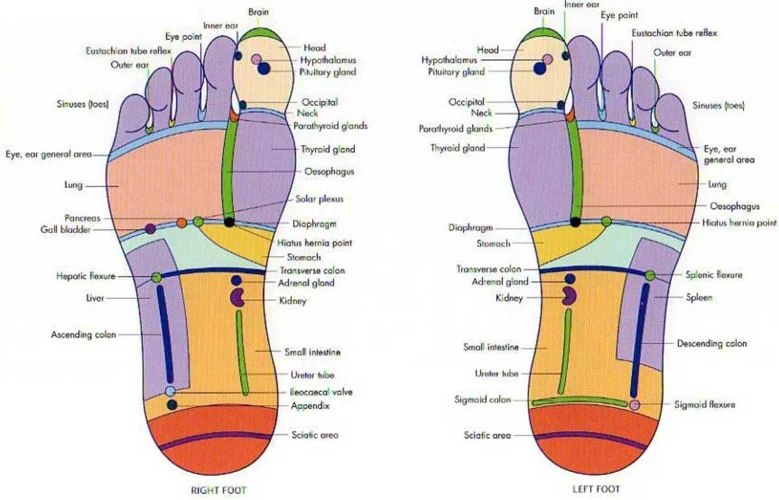
Pressure point massage comes in several forms, each with its own focus and technique. Here are the most common types:
✅ Acupressure
Based on Traditional Chinese Medicine, this technique targets energy points (meridians) to restore balance and flow. It’s often used for stress relief, nausea, headaches, and fatigue.
✅ Trigger Point Therapy
Focuses on releasing tight knots in muscle tissue, known as trigger points. Commonly used for chronic pain, stiffness, and injury recovery.
✅ Reflexology
Targets pressure points on the feet, hands, and ears that correspond to other parts of the body. Often used for digestion, sleep, and overall relaxation.
✅ Shiatsu Massage
A Japanese style of pressure point massage that uses rhythmic finger pressure along energy lines. Helps improve circulation, reduce tension, and support internal balance.
✅ Thai Massage
Combines pressure point work with assisted stretching and body movement. Often used to improve flexibility, reduce pain, and enhance energy flow.
Each type has unique benefits, and the right one for you depends on your goals—whether it’s pain relief, relaxation, or energy balance.
How to Find a Qualified Pressure Point Massage Therapist
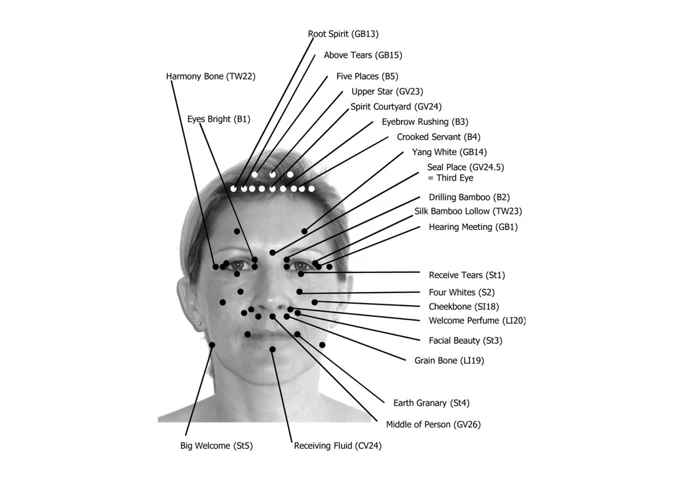
Choosing the right therapist can make all the difference in the results you get from pressure point massage. Here’s how to find someone who’s trained, professional, and the right fit for your needs:
✅ Look for proper credentials
Search for licensed massage therapists (LMTs) or practitioners certified in acupressure, trigger point therapy, or clinical massage. Check if they’ve completed formal training in pressure point techniques.
✅ Ask about experience
Not all massage therapists specialize in pressure point work. Ask how long they’ve been practicing and whether they have experience treating your specific issue (e.g., headaches, back pain, stress).
✅ Read reviews and testimonials
Look at client feedback on Google, Yelp, or their website. Consistent positive reviews—especially about pain relief and professionalism—are a good sign.
✅ Request a consultation
Before booking a full session, ask for a quick consultation or phone call. This helps you understand their approach and ensures you feel comfortable.
✅ Check for hygiene and professionalism
Clean facilities, clear communication, and respect for your comfort are essential. Trust your instincts—if something feels off, it’s okay to walk away.
Preparing for Your Pressure Point Massage Session
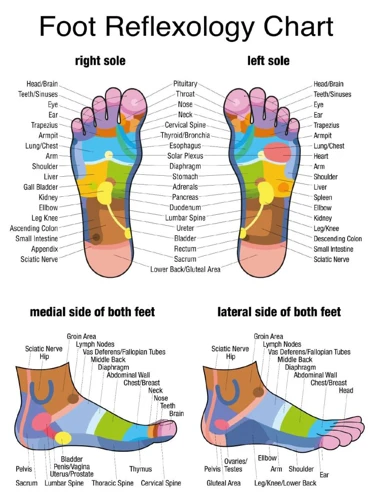
A little preparation can help you get the most out of your session—whether you’re seeing a therapist or doing it at home.
✅ Wear comfortable clothing
Choose loose, breathable clothing to help your body relax and allow easy access to key areas like feet, back, or neck.
✅ Stay hydrated
Drink water before and after your massage to support circulation and help flush out toxins released during the session.
✅ Avoid heavy meals
Try not to eat a large meal right before your massage. A light snack is fine, but being too full can make you uncomfortable during the session.
✅ Know your goals
Think about why you’re getting the massage—whether it’s for pain relief, stress, or something specific like headaches or digestion. This helps your therapist (or yourself) focus on the right pressure points.
✅ Communicate any health concerns
If you’re working with a therapist, let them know about any medical conditions, recent injuries, or areas you want to avoid.
What to Expect After Your Pressure Point Massage

After a pressure point massage, your body may respond in a few different ways—most of them positive. Here’s what you might notice:
✅ Muscle relief and relaxation
Many people feel lighter, looser, or more flexible right after the session. Tension in targeted areas often decreases noticeably.
✅ Slight soreness
Mild soreness—similar to what you’d feel after a workout—is common, especially if deeper pressure was used. It should fade within 24–48 hours.
✅ Increased circulation
You may feel warmer, more energized, or flushed as blood flow improves through the treated areas.
✅ Emotional release
Some people feel unexpectedly emotional or relaxed. That’s normal—pressure point work can tap into nervous system responses and stored tension.
✅ Thirst or fatigue
You might feel a little tired or thirsty as your body adjusts and processes the effects of the massage.
Frequently Asked Questions
What are the Potential Risks of Pressure Point Massage?
Pressure point massage is generally safe when done gently and correctly—but there are a few risks to be aware of, especially if it’s done too aggressively or without proper guidance.
✅ Safe When:
- Performed with moderate, controlled pressure
- Applied to healthy tissue without inflammation or injury
- Used for general tension, stress, or mild discomfort
❌ Potential Risks Include:
- Bruising or soreness
Too much pressure or repeated work on one area can lead to minor bruising or muscle soreness. - Dizziness or lightheadedness
Especially if pressure is applied too deeply to areas like the neck, head, or wrists. - Nerve irritation
Applying pressure directly on a nerve can cause tingling, numbness, or discomfort. - Worsening of certain conditions
Not recommended for people with:- Recent injuries
- Blood clotting disorders
- Osteoporosis
- Active infections or skin rashes
- Hernias
- Incorrect technique
Untrained application of deep pressure can do more harm than good—especially with trigger points or near sensitive joints.
How often should I get a pressure point massage?
It depends on your individual needs:
- If you are looking for a relaxing massage, then once a month is usually enough.
- If you want to alleviate chronic muscle aches and pains, then weekly or bi-weekly sessions may be more beneficial.
- If you are dealing with a specific medical condition, your massage therapist can work with you to create a customized plan.
Listen to your body: You may find that you feel the most relief after a pressure point massage and wish to receive one more often. It’s important to listen to your body and adjust the frequency of your massage accordingly.
Be mindful of fatigue: If you are feeling overly fatigued or sore after a pressure point massage, it may be a good idea to take a break for a few weeks and then return.
Conclusion
Pressure point massage is a powerful and beneficial form of massage therapy. It can provide relief from pain, improved circulation, and a sense of relaxation. By understanding the principles of this form of massage and learning how to apply pressure to the right points, you can enhance your overall health and wellbeing.
Related Posts
References
- Efficacy of acupressure for treatment of musculoskeletal pain: a systematic review and meta-analysis
- Acupressure: A safe treatment for pain?
- Acupressure for pain relief
⚠️ Disclaimer:
This article is for informational purposes only and does not constitute medical advice. Always consult with a licensed healthcare provider or certified massage therapist before beginning any new treatment, especially if you have pre-existing health conditions or concerns.


